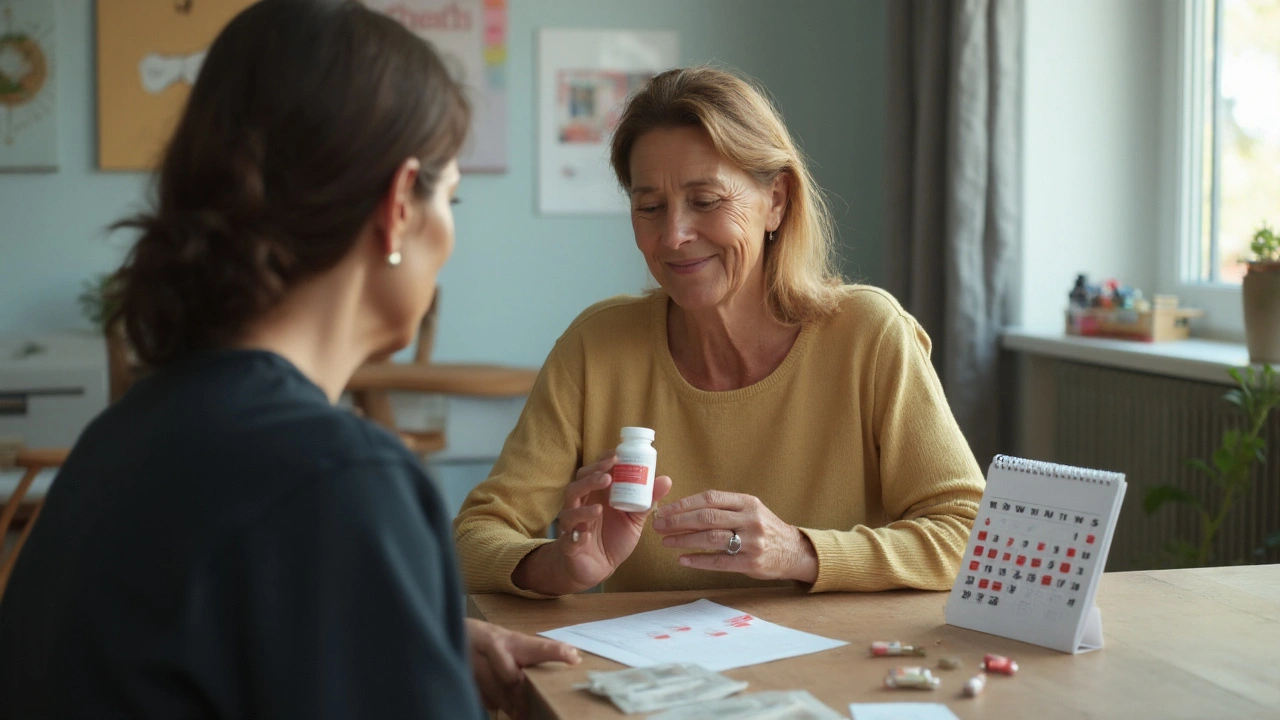- Losartan and COVID-19: What Science Says About This Blood Pressure Drug Oct 27, 2025
- How Liver Failure Affects the Heart: Hemodynamics, Risks, and Care Aug 28, 2025
- In-Depth Review: Trust Your Health with RXFast.net Online Pharmacy Dec 7, 2023
- How to Store Liquid Antibiotics and Reconstituted Suspensions Correctly Dec 2, 2025
- Online Pharmacy modapharma.com: Safe Medication Access and Buyer Insights Aug 14, 2025
Shingles Treatment: Quick Relief Tips
If you’ve got that painful rash on one side of your body, you’re probably dealing with shingles. It’s caused by the same virus that gave you chickenpox, and it can strike years after the first infection. The good news is you don’t have to suffer in silence. A few simple steps can cut the pain, speed up healing, and stop the virus from spreading.
Medications That Stop the Virus
Doctors usually prescribe antiviral pills like acyclovir, valacyclovir, or famciclovir. Start them within 72 hours of the rash appearing and they’ll shorten the outbreak by a day or two. The meds are most effective when taken three times a day for about a week. If you can’t swallow pills, there are cream forms, but they don’t work as well as the oral versions.
For people with weakened immune systems, doctors may keep the antivirals going longer, sometimes up to two weeks. It’s also common to add a low‑dose steroid if the rash is especially inflamed, but that decision is up to your doctor.
Managing Pain and Speeding Recovery
Shingles pain can range from a mild itch to a burning sting. Over‑the‑counter pain relievers like ibuprofen or acetaminophen help with mild discomfort. If the pain is sharper, your doctor might suggest a prescription narcotic for a short time, or a nerve‑pain drug such as gabapentin.
Cool compresses applied to the rash for 10‑15 minutes a few times a day calm the skin. Keep the area clean and dry – a gentle soap and pat‑dry method works best. Loose clothing reduces friction, and a baking‑soda paste (mix with water) can ease itching.
Don’t forget to protect the rash from sunlight. UV exposure can worsen the skin and delay healing. If the blisters burst, cover them with a sterile bandage to prevent infection.
Stay hydrated and eat foods rich in vitamins B12, C, and zinc. These nutrients support skin repair and immune function. A short walk or light activity keeps blood flowing, which also helps the skin heal faster.
When to see a doctor? Call right away if the rash spreads past a single band, if you have a fever over 101°F, or if the pain feels like electric shocks. Also seek help if you’re pregnant, have a compromised immune system, or notice the rash near your eyes – that can lead to serious eye problems.
Most people start feeling better within two weeks, but the nerve pain can linger for months, a condition called postherpetic neuralgia. Early antiviral treatment and proper pain management are the best ways to keep that from happening.
Bottom line: act fast, start antivirals, keep the rash clean, manage pain, and stay in touch with your doctor. These steps give you the fastest, safest path back to normal life.
How to Prevent Postherpetic Neuralgia After Shingles - Proven Tips
- Garrick Elderton
- Sep 22, 2025
Learn practical steps to lower the risk of postherpetic neuralgia after a shingles outbreak, from early antivirals to lifestyle tweaks and pain‑relief tricks.
